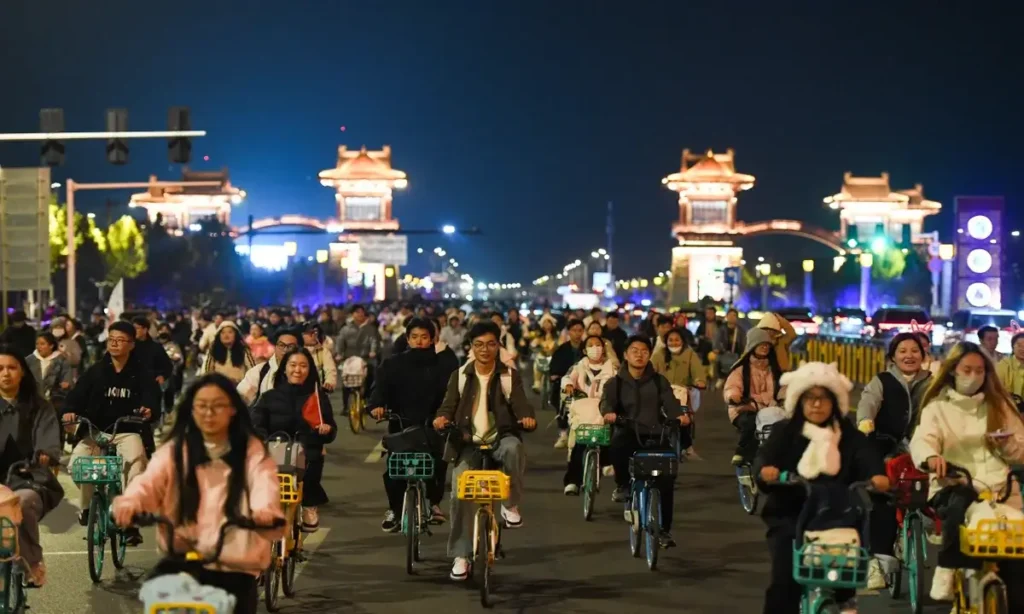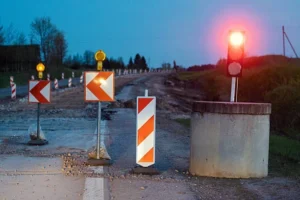China’s night ride Kaifeng trend brought thousands of cyclists to a standstill on a 50-kilometer journey from Zhengzhou to Kaifeng, causing gridlock and chaos.
The trend began with four university students who cycled to Kaifeng in June to try Guantanamo, a type of soup dumpling. Their spontaneous trip inspired others, particularly young people seeking relief from China’s economic woes and competitive job market.
As the trend gained momentum, Kaifeng officials offered discounts and events for college students, anticipating an economic boost. However, the influx of cyclists overwhelmed the city’s infrastructure. Roads were jammed, and traffic police struggled to maintain order.
Ms. Li, 277 joined the ride on Friday night, drawn by the promise of a carefree adventure. “Everyone was beaming with energy and interacting with people around them. It was like back to my college days,” she recalled. But the mood soon shifted as congestion worsened.
Reports estimated 100,000 to 200,000 bicycles on the road, with some riders forced to push through the crowd. Disappointed students took to social media, expressing regret over the chaos caused.
By Saturday, authorities had closed off main cycling lanes, and universities imposed restrictions on students leaving campus. The backlash was swift, with some criticizing the cyclists for irresponsible behavior.
Despite the chaos, the appeal of such events remains strong. As the night ride Kaifeng phenomenon shows, people are seeking spontaneity and community in uncertain times.
In the aftermath, local authorities are reassessing event planning strategies to balance economic benefits with public safety concerns, ensuring future Night Ride Kaifeng events are enjoyable and incident-free.












